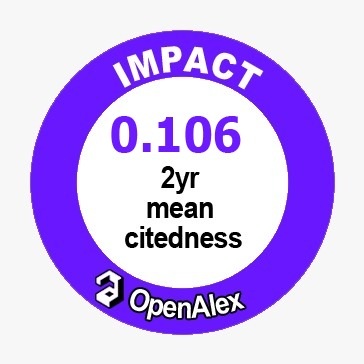Advancing Early Literacy Through the Impact of the Marungko Approach on Kindergarten Reading Proficiency
DOI:
https://doi.org/10.55220/2576683x.v9.266Keywords:
Early Childhood Education, Kindergarten Reading Proficiency, Marungko Approach.Abstract
The purpose of this study is to determine whether or not the Marungko Approach is beneficial in improving early reading skills among kindergarten pupils. In the beginning, the majority of the individuals had a low reading skill, with the majority of them scoring "Poor" or "Fair" across a variety of markers. Following the introduction of the Marungko Approach, a significant shift was noted, with the majority of pupils obtaining ratings of "Excellent" or "Very Good." This progress was not only observable in raw scores, but it was also statistically supported by t-tests, which confirmed that there were substantial improvements in all reading metrics. Based on these findings, the Marungko Approach is demonstrated to be an excellent educational tool for the development of early literacy, which suggests that it should be incorporated into the curriculum being taught in kindergarten. Learners' recognition of letter names, sounds, and starting sounds, as well as their ability to read familiar words and oral passages, are considerably improved as a result of this strategy, which lays a solid foundation for future academic achievement.







